Key Highlights:
- Campaign 4.0 targets 2 crore digital life certificates across 2,000 districts during November 2025, already crossing 1 crore submissions by mid-month with 58% (59.13 lakh) generated through face authentication technology.
- Face authentication achieves 84% success rate, enabling pensioners to submit certificates using only smartphones without fingerprint scanners or iris devices, dramatically improving accessibility for elderly and immobile citizens.
- India Post leverages 1.8 lakh postmen and Gramin Dak Sewaks equipped with mobile biometric devices providing doorstep services specifically for super senior (80+), disabled, and bed-ridden pensioners.
- The Jeevan Pramaan system integrates DoPPW, MeitY, UIDAI, 19 pension disbursing banks, and 57 Pensioners’ Welfare Associations through 2,500+ camps and 75,000 planned sessions ensuring last-mile connectivity.
- Digital transformation addresses India’s critical elderly digital divide—only 13-20% digitally literate, 59% lacking device access—while reducing fraud, eliminating middlemen, ensuring timely pension disbursement, and delivering dignity to 7+ million pensioners.
Every November, millions of Indian pensioners face a ritual that blends bureaucracy with anxiety: proving they’re still alive to continue receiving pension payments. For decades, this meant elderly citizens—many frail, disabled, or living in remote villages—traveling to bank branches or government offices, standing in queues, and navigating paperwork mazes just to secure a simple life certificate.
Not anymore. India’s Digital Life Certificate Campaign 4.0, launched November 2025, represents a watershed transformation in pension governance. Through face authentication technology, doorstep services, and unprecedented multi-agency coordination, the government is delivering on the Digital India promise: making essential services accessible, dignified, and genuinely empowering for those who need them most. pib.gov.in
This isn’t just administrative modernization—it’s social justice delivered through technology. Understanding how this campaign works, its challenges, and its broader implications reveals critical lessons about digital governance, elderly inclusion, and India’s path toward comprehensive e-government services.
What Is the Digital Life Certificate and Why Does It Matter?
The Historical Burden
India’s pension ecosystem serves over 7 million central government pensioners plus millions more from state governments, public sector enterprises, defense services, and other government bodies. Every pensioner must submit an annual life certificate—essentially proof of continued existence—to pension disbursing agencies to prevent fraud and ensure funds reach legitimate beneficiaries.
Historically, this requirement created enormous hardship. Elderly pensioners, often dealing with mobility challenges, chronic illnesses, or disabilities, needed to physically present themselves before certifying authorities or pension disbursing bank branches. For rural pensioners, this meant traveling significant distances. For the bedridden or severely disabled, it meant relying on family members to arrange transport and assistance.
The system’s inefficiency extended beyond individual inconvenience. Banks faced annual November congestion as millions of pensioners converged simultaneously. Administrative costs ballooned. Verification delays sometimes interrupted pension disbursements, creating financial hardship for families depending on these funds for sustenance.
The Jeevan Pramaan Revolution (2014)
Recognizing this dysfunction, the government launched Jeevan Pramaan (Digital Life Certificate) in November 2014. The concept was elegantly simple: use Aadhaar-based biometric authentication to generate digital certificates, eliminating physical presence requirements. jeevanpramaan.gov.in
The mechanism works through secure technology:
- Pensioners provide Aadhaar number, Pension Payment Order (PPO) details, bank account information, and mobile number.
- They authenticate identity using fingerprint or iris biometric scan through Aadhaar infrastructure.
- Successful authentication generates a Digital Life Certificate with unique Pramaan ID.
- The certificate stores in a centralized Life Certificate Repository accessible to pension disbursing agencies nationwide.
- Pensioners receive SMS confirmation with Pramaan ID on their registered mobile number.
Why Campaign 4.0 Represents a Quantum Leap
While Jeevan Pramaan solved many problems, barriers persisted. Biometric authentication required fingerprint scanners or iris readers—devices not universally accessible. Elderly pensioners with worn fingerprints from manual labor, or those with vision impairments affecting iris scans, faced authentication failures.
Campaign 4.0’s innovation centers on face authentication technology—enabling certificate generation using only smartphone cameras. This single change dramatically expands accessibility, transforming any smartphone into a complete biometric authentication device.
Union Minister Jitendra Singh described the reform as “born out of empathy for the elderly,” emphasizing the government’s commitment to reaching vulnerable segments including those above 90 and 100 years old.
Operational Framework: How Campaign 4.0 Reaches Pensioners
The campaign’s ambition is staggering: generate 2 crore digital life certificates across 2,000+ districts during November 2025. Achieving this requires unprecedented coordination across multiple government agencies, financial institutions, and grassroots organizations.
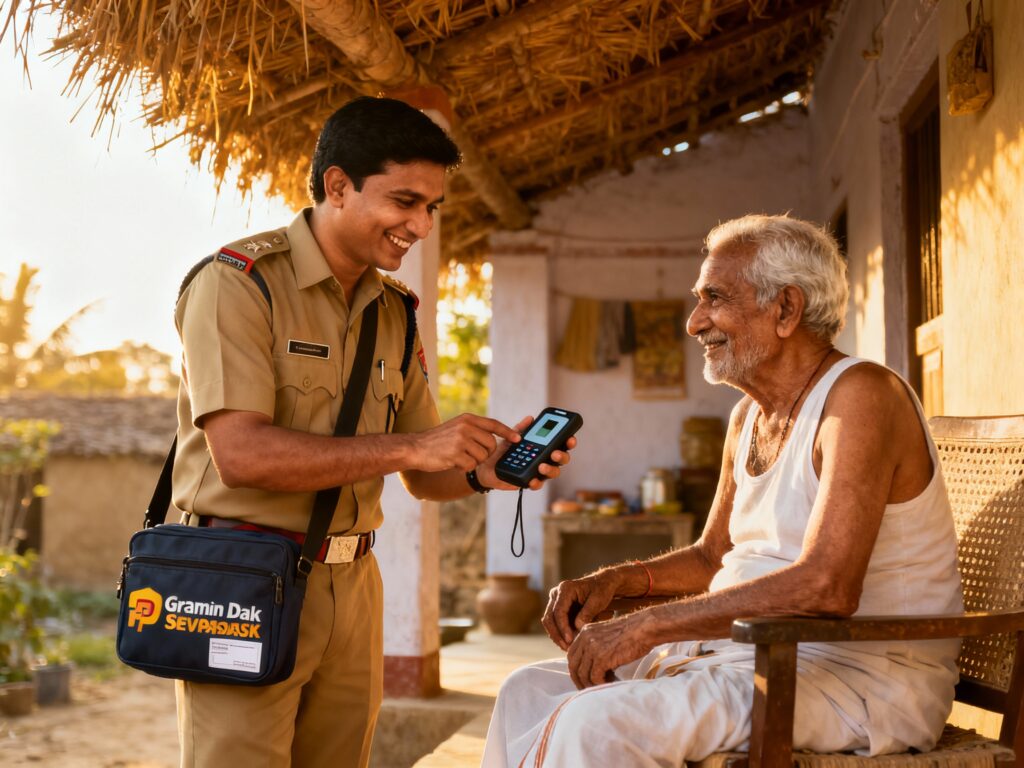
Multi-Agency Collaboration Architecture
The Department of Pension & Pensioners’ Welfare (DoPPW) serves as campaign coordinator, but execution depends on deep collaboration with:
UIDAI (Unique Identification Authority of India): Provides Aadhaar authentication infrastructure, face recognition algorithms, and technical support ensuring biometric verification accuracy and security.
Ministry of Electronics and Information Technology (MeitY): Delivers technology backbone, digital infrastructure, and mobile application development enabling face authentication functionality.
19 Pension Disbursing Banks: Coordinate camps, provide staff support at locations, assist pensioners with digital submission, and integrate digital certificates into pension processing workflows. Nationwide DLC Campaign 4.0
India Post Payments Bank (IPPB): Deploys 1.8 lakh postmen and Gramin Dak Sewaks equipped with mobile biometric devices providing doorstep services for super senior citizens (80+), differently-abled, and bed-ridden pensioners.
57 Pensioners’ Welfare Associations: Mobilize grassroots outreach, raise awareness among pensioner communities, organize localized camps, and provide peer support helping elderly navigate technology.
Controller General of Defence Accounts (CGDA), Railways, Department of Telecommunications (DoT), National Informatics Centre (NIC): Each contributes sector-specific expertise, ensuring comprehensive coverage across different pensioner categories.
Nationwide Camp Infrastructure
The campaign operates through 2,500+ camps across 2,000 cities and towns, targeting 2,540 specific locations. As of mid-November 2025, more than 35,000 camps had been conducted, with 75,000 additional camps planned by month-end.
These aren’t token gestures—they represent massive field mobilization. Each camp features:
- Nodal officers (1,250 nationwide) coordinating local operations
- Bank representatives assisting with account verification and submission
- Technology support staff troubleshooting authentication issues
- Awareness materials in regional languages explaining procedures
Doorstep Services: Last-Mile Dignity
Perhaps the campaign’s most compassionate innovation is systematic doorstep service delivery. India Post’s vast network—1.65 lakh post offices and 3 lakh postal workers—provides the infrastructure.
Postmen and Gramin Dak Sewaks carry mobile devices equipped for both fingerprint and face-based verification, traveling directly to homes of elderly, sick, or immobile pensioners. This eliminates travel requirements entirely, delivering service with dignity to those most vulnerable.
As of mid-November, 7 lakh digital life certificates had been generated for pensioners aged 80 and above—testament to this targeted outreach’s effectiveness.
Face Authentication Technology: The Game-Changing Innovation
The technical heart of Campaign 4.0 is Aadhaar-based face authentication—technology that sounds simple but represents sophisticated biometric engineering.
How It Works
The process unfolds through integrated mobile applications:
Step 1: Pensioners (or family members assisting them) download two apps: “Jeevan Pramaan” and “Aadhaar Face RD (Early Access)” from Google Play Store. doppw
Step 2: Operator authentication—the person conducting the scan (often the pensioner themselves, but can be family member or volunteer) provides their Aadhaar number, receives OTP for verification, and enters name as per Aadhaar records.
Step 3: Pensioner authentication begins—Aadhaar number, mobile number, PPO details, bank account information, and pension sanctioning authority details are entered.
Step 4: Face scanning—The app requests camera permission and guides the pensioner through face capture, using UIDAI’s facial recognition algorithms to match against Aadhaar database.
Step 5: Certificate generation—Upon successful authentication, the Digital Life Certificate generates with unique Pramaan ID, and SMS confirmation arrives on the pensioner’s registered mobile.
The entire process takes minutes rather than hours, requires no specialized hardware beyond a smartphone, and can be completed from anywhere with mobile connectivity.
Technical Performance and Accuracy
UIDAI’s internal metrics indicate face authentication transactions achieve an 84% success rate. While not perfect, this represents substantial improvement over scenarios where elderly citizens lacked access to fingerprint or iris scanning equipment entirely.
The 16% failure rate primarily stems from lighting conditions, camera quality, and user positioning errors rather than fundamental algorithm limitations. As UIDAI continues enhancing facial recognition technology and user guidance improves, success rates are expected to rise.
Compared to traditional biometric authentication, face recognition offers critical advantages for elderly populations:
Lower False Rejection Rate for aged users: Fingerprints degrade with manual labor and age; irises can be affected by cataracts and vision conditions. Facial features remain more stable, reducing false rejections.
Non-invasive and intuitive: Elderly users find looking at a camera more natural than positioning fingers precisely on scanners or aligning eyes with iris readers.
Accessibility for disabled users: Pensioners with hand disabilities, tremors, or vision impairments can use face authentication when other biometric methods fail.

Data Privacy and Cybersecurity Provisions
Given the sensitivity of biometric data, security architecture is paramount. The Jeevan Pramaan system implements multiple protective layers:
Aadhaar authentication protocol: Biometric data never leaves UIDAI infrastructure—authentication occurs server-side through encrypted channels, with only yes/no authentication results transmitted.
Secure certificate repository: Digital Life Certificates store in government-controlled repositories with access restricted to authorized pension disbursing agencies.
SMS-based verification: Pramaan ID confirmation sent to pensioner’s registered mobile provides transaction transparency and fraud detection capability.
Audit trails: Every authentication attempt, certificate generation, and agency access creates logged audit trails enabling retrospective fraud investigation.
Socio-Economic and Administrative Impact: Transforming Pension Governance
Campaign 4.0’s significance extends far beyond operational efficiency—it addresses fundamental questions of dignity, inclusion, and governance effectiveness.
Dignity and Ease of Living for Elderly Citizens
The psychological impact of eliminating annual bank visits cannot be overstated. For elderly Indians, especially those in rural areas or dealing with health challenges, the previous system represented annual humiliation—a bureaucratic reminder of dependency and vulnerability.
Face authentication from home, or doorstep service provision, fundamentally reframes the relationship between citizen and state. Pensioners maintain autonomy, avoid physical strain, and receive services with respect rather than as supplicants navigating bureaucratic mazes.
Minister Jitendra Singh emphasized this dimension, describing the campaign as reflecting “Prime Minister’s vision of Digital Empowerment of Pensioners” and highlighting its contribution to “Ease of Living”.
Bridging the Digital Divide—Partially
India’s elderly face severe digital exclusion. Only 13-20% are digitally literate; 59% lack access to digital devices; and merely 25% own smartphones.
Campaign 4.0 directly addresses these barriers through multiple mechanisms:
Technology simplification: Face authentication requires minimal digital literacy—looking at a camera is intuitive compared to navigating complex interfaces.
Assisted access: Camps, doorstep services, and family member assistance enable even non-literate elderly to benefit from digital systems.
Device accessibility: While smartphone penetration remains limited, campaigns provide access through camps and postal workers’ devices.
However, challenges persist. Rural connectivity issues, language barriers in app interfaces, and the fundamental smartphone access gap continue excluding segments of the elderly population.
Administrative Efficiency and Fraud Reduction
From the government’s perspective, digitization delivers enormous administrative benefits:
Eliminated paperwork: No physical certificates to process, verify, store, or retrieve.
Reduced middlemen: Direct pensioner-to-system interaction eliminates intermediaries who previously extracted informal fees.
Real-time verification: Pension disbursing agencies access certificates instantly from centralized repository, accelerating pension processing.
Fraud prevention: Biometric authentication prevents impersonation and fake certificates, protecting pension funds from misappropriation.
Transparency and Accountability
Digital systems create transparency impossible in paper-based processes. Every certificate generation is timestamped, logged, and traceable. Pensioners receive SMS confirmations providing evidence of submission. Pension agencies can audit processing, identify bottlenecks, and measure performance objectively.
This transparency benefits both pensioners—who gain certainty about submission status—and administrators—who can identify and address systemic failures.
Challenges and Limitations: The Digital Inclusion Paradox
Despite Campaign 4.0’s achievements, significant challenges constrain universal reach and equitable access.
The Persistent Digital Divide
Technology solutions can’t overcome fundamental access barriers. According to NSSO data, only 13% of people over 60 have ever used the Internet. Niti Aayog reports that 59% of elderly lack access to digital devices.
This divide manifests across multiple dimensions:
Device access: Smartphones cost minimum ₹5,000; data plans require recurring expenditure many fixed-income pensioners cannot afford.
Digital literacy: Even smartphone owners often struggle with app installation, navigation, and troubleshooting.
Language barriers: While apps support multiple languages, interfaces remain optimized for literate users comfortable with digital conventions.
Gender disparities: Female pensioners face additional barriers due to patriarchal norms limiting technology access and digital skill development.
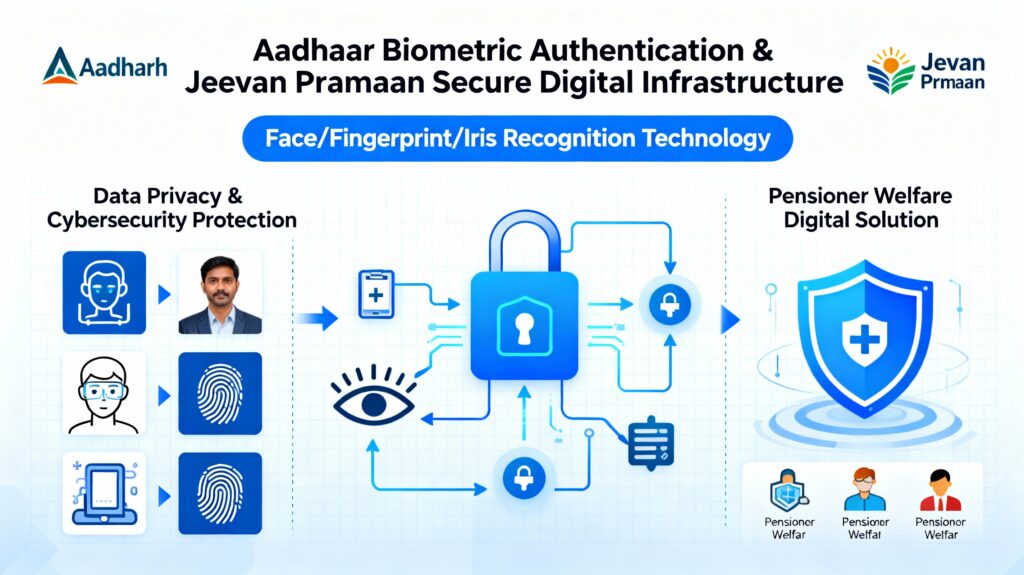
Biometric Authentication Failures and Rejection Rates
While face authentication improves accessibility, it’s not fail-safe. The 16% failure rate means approximately 3.2 lakh pensioners out of 2 crore targets may encounter authentication problems.
Rejection sources include:
Technical factors: Poor lighting, low-quality cameras, improper positioning, network connectivity issues during authentication.
Biometric variance: Facial changes due to illness, weight fluctuation, cosmetic procedures, or simply aging can reduce matching accuracy.
System errors: False rejection rates, while low, still affect legitimate users—creating frustration and potentially denying pension access.
For rejected pensioners, redressal mechanisms exist but require navigating help systems—ironically demanding digital literacy many lack.
Rural Connectivity and Infrastructure Gaps
Mobile network coverage remains patchy in remote areas. Even where coverage exists, bandwidth constraints can prevent real-time biometric authentication requiring data transmission to UIDAI servers.
Doorstep services partially address this, but postal workers face same connectivity constraints. In extreme cases, pensioners must still travel to areas with network access—defeating the system’s core purpose.
Ensuring Continuous Outreach to Marginalized Populations
While Campaign 4.0 represents massive mobilization, sustaining outreach to hardest-to-reach populations—tribal communities, geographically isolated villages, institutionalized elderly—requires ongoing commitment beyond single-month campaigns.
Populations facing multiple marginalization layers (elderly + disabled + rural + lower caste + female) experience compounded barriers that even well-designed programs struggle to overcome completely.
Comparative Perspective: India as Global Digital Governance Innovator
India’s Digital Life Certificate system has attracted international attention as a model for digital public service delivery.
International Interest and Learning
Delegates from Mongolia, Maldives, and other nations have studied India’s Jeevan Pramaan implementation, examining how biometric authentication can modernize pension administration in their contexts.
The appeal stems from several factors:
Scalability: India’s ability to serve millions through digital infrastructure demonstrates feasibility at population scale.
Inclusion focus: Doorstep services, face authentication, and multi-channel access reflect design prioritizing vulnerable populations rather than tech-savvy elite.
Cost-effectiveness: Digital systems dramatically reduce administrative costs compared to paper-based alternatives while improving service quality.
Technological sovereignty: Jeevan Pramaan represents indigenous development—UIDAI created face authentication technology in-house rather than depending on foreign vendors.
Comparison With Legacy Systems
Traditional pension verification systems worldwide share common problems: physical presence requirements, paperwork burdens, verification delays, fraud vulnerability, and administrative inefficiency.
India’s digital transformation addresses each systematically. While challenges persist, the trajectory clearly trends toward more accessible, efficient, and dignified service delivery than legacy alternatives.
Policy Implications: Scaling Digital Governance Beyond Pensions
Campaign 4.0’s lessons extend far beyond pension administration, offering insights for comprehensive e-governance transformation.
Administrative Reforms and E-Governance Strategy
The campaign demonstrates that successful digital governance requires:
Multi-agency coordination: No single department can deliver complex services—collaboration mechanisms between DoPPW, MeitY, UIDAI, banks, and grassroots organizations prove essential.
Last-mile focus: Technology deployment without doorstep services, camps, and assisted access excludes precisely those needing services most.
Iterative improvement: Face authentication represents evolution from earlier fingerprint/iris systems—continuous technology refinement responding to user feedback drives adoption.
User-centric design: Services must accommodate users’ capabilities, not demand users adapt to system requirements.
Recommendations for Improving Digital Inclusion
Subsidized device access: Government programs providing affordable smartphones and data plans to elderly and vulnerable populations would dramatically expand digital service reach.
Comprehensive digital literacy training: Sustained, culturally appropriate training programs teaching elderly citizens digital basics—not one-off workshops but continuous support structures.
Voice-enabled interfaces: Expanding beyond text-based apps to voice-command systems in multiple Indian languages would dramatically improve accessibility for illiterate and visually impaired users.
Offline-capable applications: Developing systems that can function in low-connectivity environments, syncing data when network access becomes available.
Grievance redressal mechanisms: Accessible, responsive systems for addressing authentication failures, technical problems, and service denials—with human support, not just automated responses.
Strategic Avenues: Digital Identity and Authentication Across Governance
Jeevan Pramaan’s success validates Aadhaar-based authentication as foundational infrastructure for digital governance. Potential expansion areas include:
Healthcare access: Digital health records, telemedicine consultations, prescription verification—all securely authenticated through Aadhaar.
Subsidy delivery: Direct benefit transfers for welfare schemes using biometric authentication to prevent leakage and ensure beneficiary verification.
Property and legal services: Digital property records, legal document authentication, and court services accessible through verified digital identity.
Financial inclusion: Banking, insurance, investment services authenticated through biometric systems, expanding access for unbanked populations.
Each application demands careful attention to inclusion, privacy, security, and grievance redressal—lessons Campaign 4.0 is actively demonstrating.
Conclusion: Technology Serving Humanity, Not the Reverse

India’s Digital Life Certificate Campaign 4.0 represents what digital governance should be: technology serving human dignity rather than creating new barriers. By generating over 1 crore certificates—58% through face authentication—the campaign proves that sophisticated biometric systems can reach vulnerable populations when designed with empathy and inclusion as core principles.
The transformation extends beyond operational metrics. It’s about elderly citizens maintaining dignity, avoiding annual humiliation of proving their existence, and receiving services as rights-bearing citizens rather than supplicants. It’s about postal workers bringing government services to doorsteps, ensuring the bed-ridden and disabled aren’t excluded. It’s about biometric innovation making technology accessible to those with worn fingerprints and vision challenges.
Yet challenges persist. The digital divide affecting 59% of elderly Indians won’t disappear through single campaigns. Device access barriers, connectivity gaps, digital literacy deficits, and authentication failures continue excluding vulnerable populations. Addressing these demands sustained commitment extending beyond November’s focused mobilization.
As India advances toward comprehensive e-governance, Campaign 4.0 offers critical lessons: technology must adapt to citizens, not vice versa; last-mile delivery determines success; multi-agency collaboration enables scale; and dignity matters as much as efficiency.
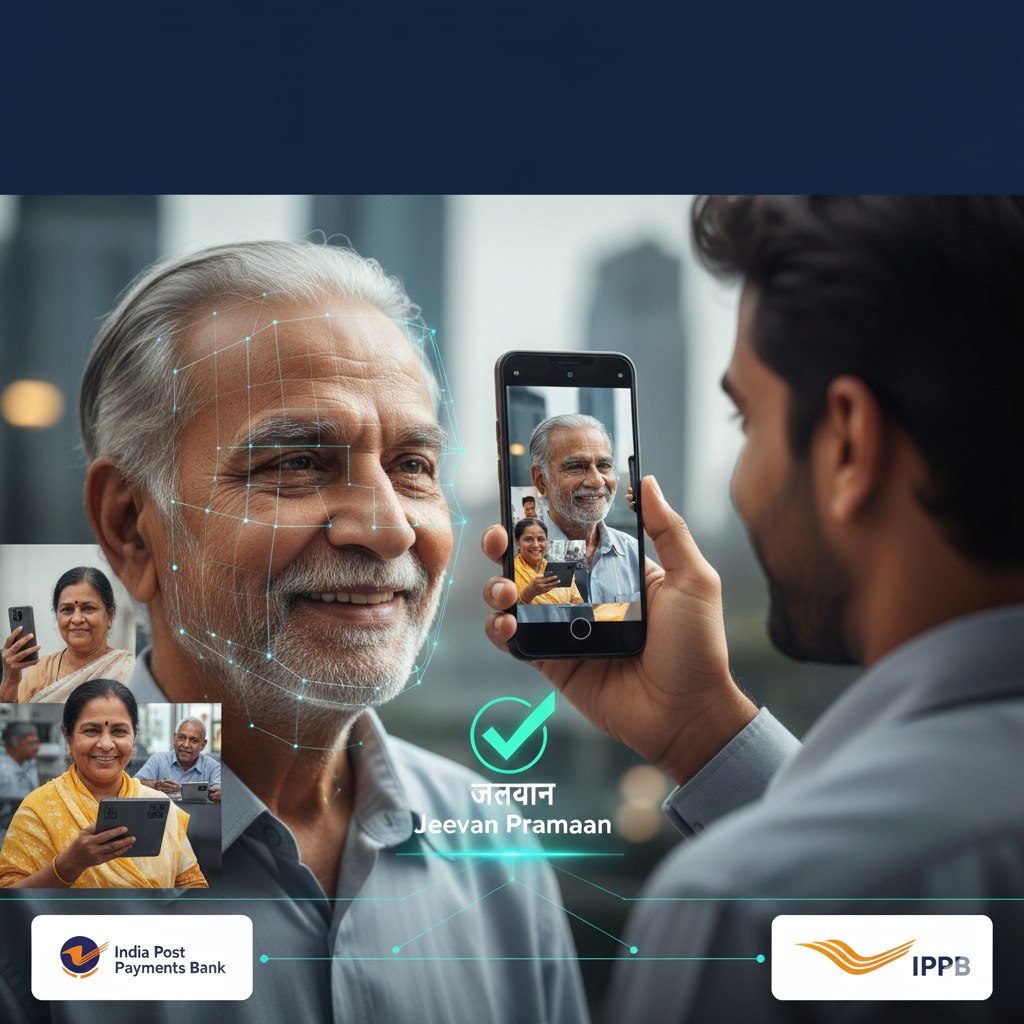
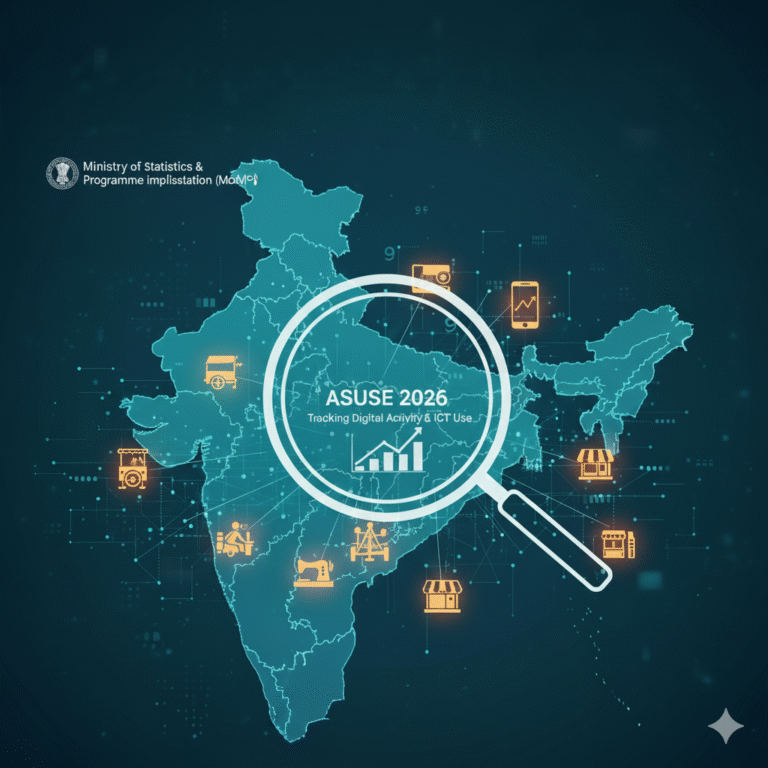
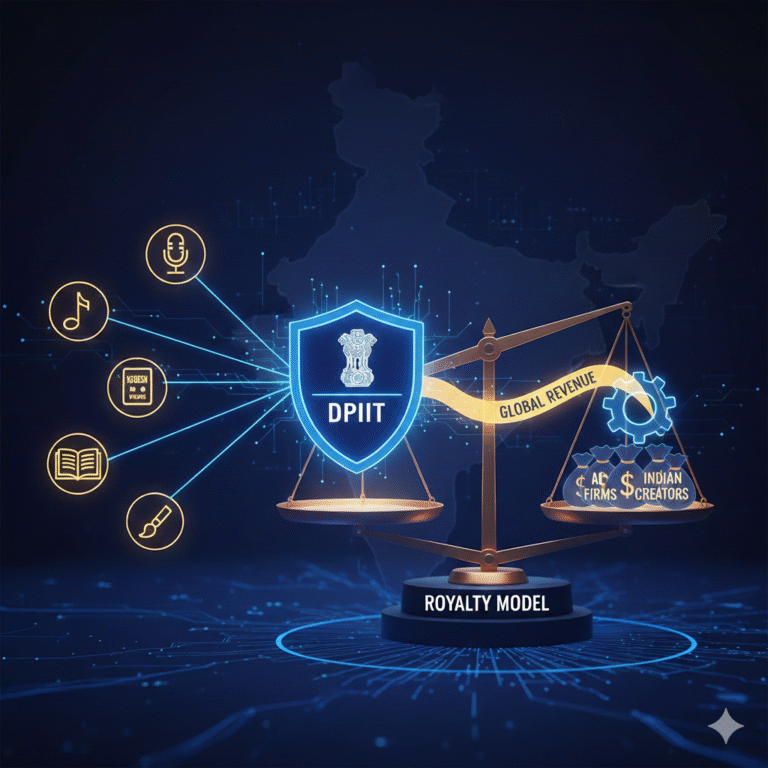






+ There are no comments
Add yours